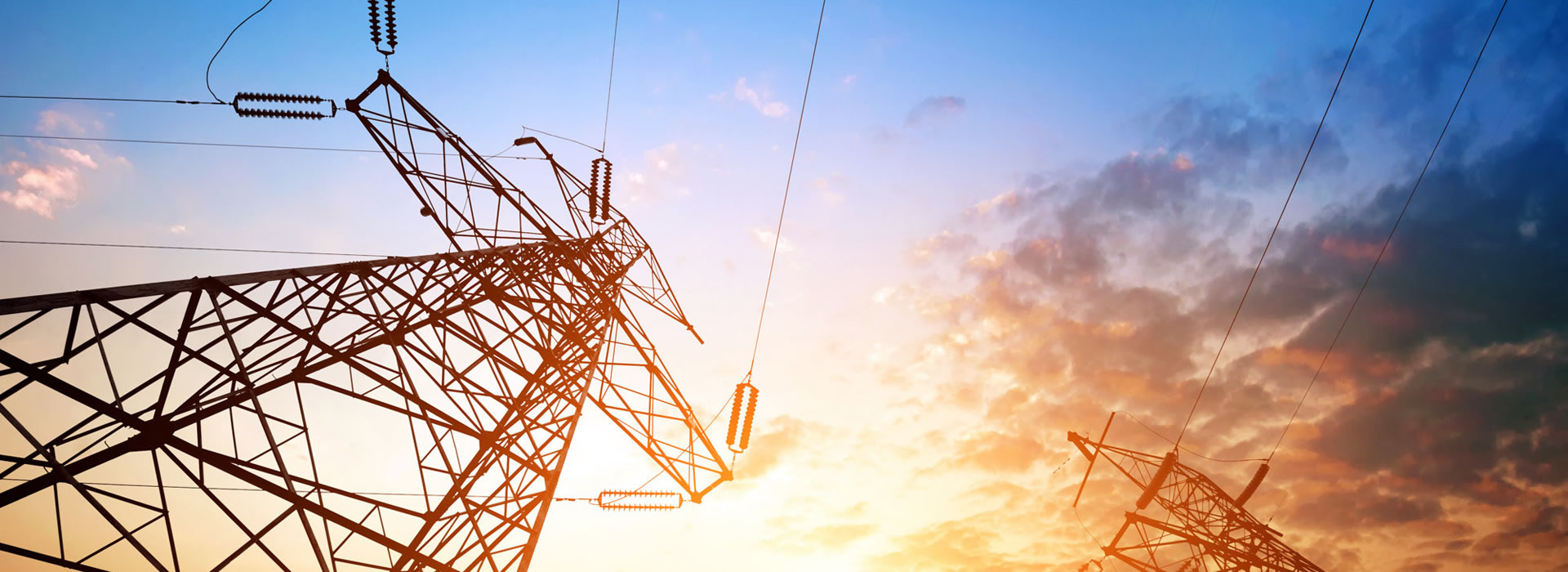What are the reasons for a transformer to burn out?
【Summary Description 】 Reasons for transformer burnout
(3) Due to the high number of rural lighting circuits—most of which use single-phase power—and combined with theness of jumper connections during installation and inadequate management practices, this has resulted in an unbalanced load on the distribution transformer. Over time, this uneven load distribution causes insulation degradation in one phase winding, ultimately leading to transformer failure due to overheating and burnout.
(2) Improper configuration of high- and low-voltage fuses on distribution transformers. Fuses on transformers are often oversized, leading to transformer burnout during severe overloads.
(3) Due to the high number of rural lighting circuits—most of which use single-phase power—and combined with theness of jumper connections during installation and inadequate management practices, this has resulted in unbalanced loading on the distribution transformer. Over time, this uneven load distribution causes insulation degradation in one phase winding, ultimately leading to transformer failure due to overheating and burnout.
(4) Tap Changer: ① Privately adjusting the tap changer can result in improper positioning of the transformer’s tap switch, leading to poor contact and eventual burnout. ② Poor-quality tap changers may cause incomplete contact at the star-shaped contacts, resulting in short circuits or arcing to ground.
(5) Oil leakage is the most common external abnormality observed in transformers. Since the transformer body is completely filled with oil, all connection points are sealed with rubber grommets and pads to prevent oil seepage. Over extended periods of operation, these rubber grommets and pads can age, crack, and eventually lead to oil leaks. Such leaks can cause insulation to become damp, reducing its performance, triggering discharge and short circuits, and ultimately resulting in transformer damage or even failure.
(6) Most of the high- and low-voltage lines of distribution transformers are introduced via overhead lines. However, due to the untimely operation or complete absence of 10kV surge arresters, transformers have been damaged by lightning strikes.
(7) Multiple grounding points in the iron core.
(8) When a ground fault or phase-to-phase short circuit occurs on the low-voltage side of a distribution transformer, it generates a short-circuit current that can be 20 to 30 times higher than the rated current. This enormous current exerts significant mechanical stress on the high-voltage windings, causing the coils to compress. Once the short-circuit fault is cleared, the stress naturally dissipates. However, if the coil repeatedly experiences such mechanical stress over time, its insulating resin beads and pads may loosen and eventually fall off. Additionally, the clamping bolts securing the core laminations could become loose, potentially leading to distortion or even cracking of the high-voltage coils. Moreover, the intense heat generated during this process can cause the transformer to burn out within an extremely short period.
(9) Man-made damage: ① Transformer lead wires are typically copper screws, while overhead lines usually use aluminum-core rubber-insulated cables—creating an easy pathway for galvanic corrosion between copper and aluminum. ② Bushing flashover discharge is also a common abnormal phenomenon in transformers.
Related News
Company Address:
No. 9 Qianfeng North Road, Shiji Town, Panyu District, Guangzhou City

Follow us
Copyright © Guangzhou Yibian Electrical Equipment Co., Ltd. Urban sub station Power by 300.cn SEO



